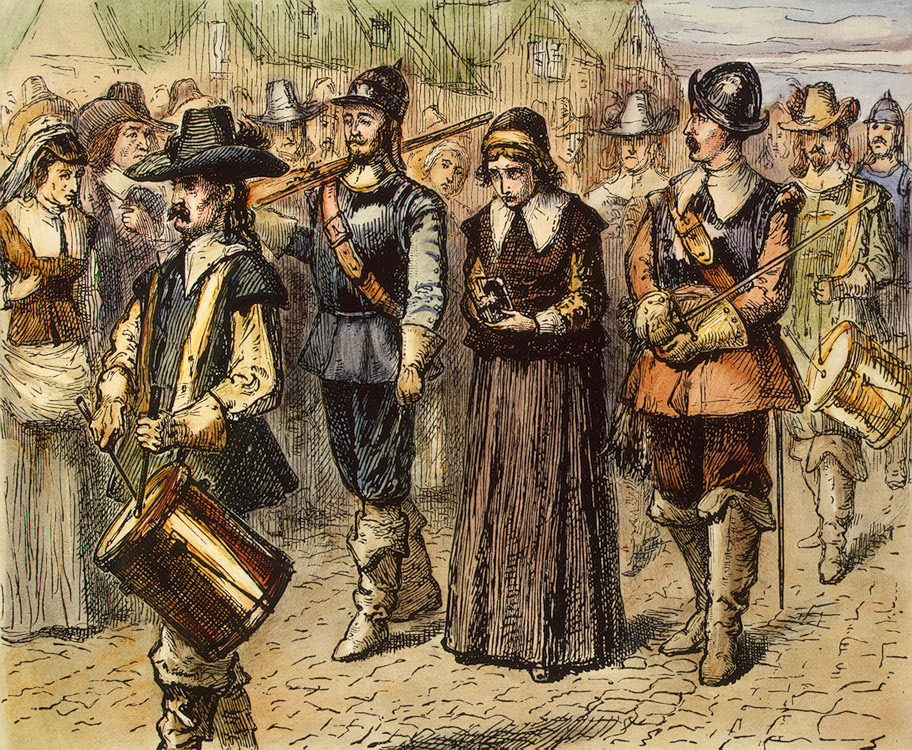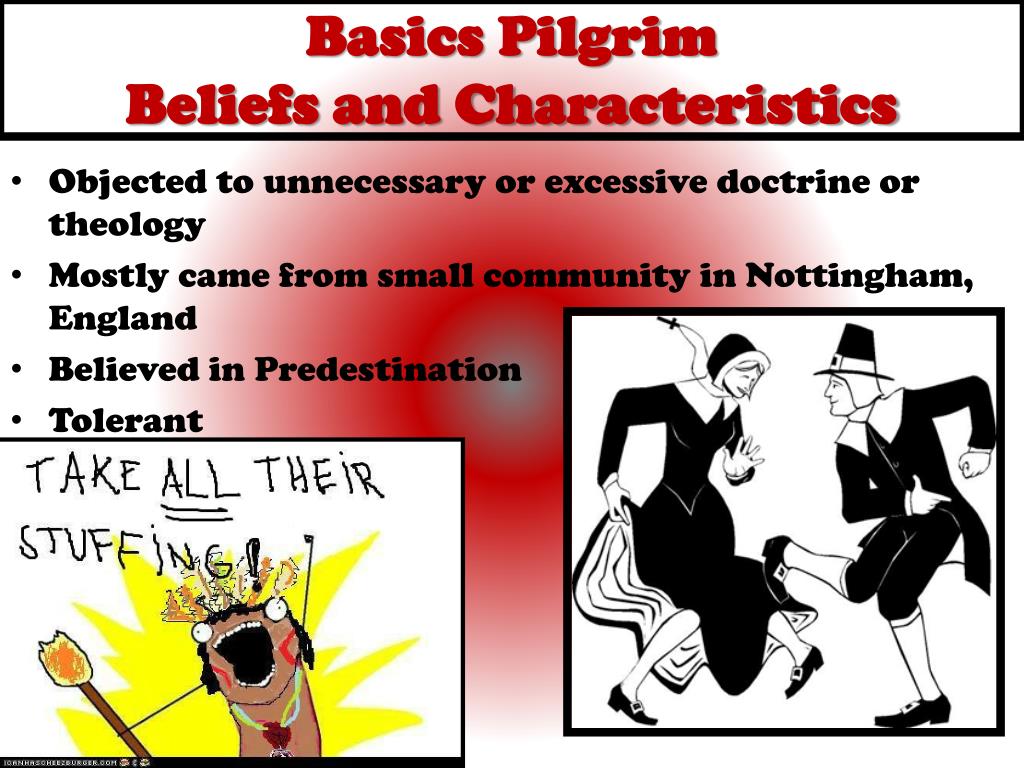
The resulting friction led them to draw up an improvised means of preserving order and governing the colony according to just principles-the “Mayflower Compact”: Some passengers were unhappy with the decision to stay in Cape Cod rather than continue to their original destination. With North America in sight, this group, later known as the Pilgrims, had to determine the kind of community they were creating. On November 9, the group sighted Cape Cod, which was several hundred miles north of their intended destination in Virginia. The journey took eight weeks, during which two people died and two babies were born. They decided to trust the will of God, and they bravely proceeded. The passengers suffered seasickness and scurvy during the miserable journey and wondered whether they would arrive safely at distant shores.
#Puritans vs pilgrims cracked
The ocean crossing was particularly stormy, terrifying everyone on board, especially when a cracked beam threatened to sink the ship. They chose the path fraught with many difficulties and dangers. They had a choice of whether to remain in the known world and risk continuing persecution or whether to face the dangers of the Atlantic and an unknown continent on which to build a pure church. Perhaps there they could find the freedom to pursue their faith and live away from the corrupting influence of the Old World and establish a pure church. Faced with these fears, they saw an alternative in the wilderness of North America. With religious and political tensions rising in Europe, they feared for their security and freedom. The group of Separatists remained in Holland for a decade, suffering persecution and corrupting worldliness. Their chronicler and later governor of the Plymouth Colony, William Bradford, described their plight: “Religion has been disgraced, the godly grieved, afflicted, persecuted, and many exiled, while others have lost their lives in prisons and other ways on the other hand, sin has been countenanced, ignorance, profanity, and atheism have increased, and the papists have been encouraged to hope again.” They refused to abide by the teaching of the Church of England (the established or orthodox faith of the land), were persecuted, and fled England for Holland and then New England.

Whereas English Puritans wanted to purify the Church of England from within, Separatists did not believe this was possible and left the church instead. Separatists were those men and women who believed the Protestant Reformation should have swept all remnants of the old Catholic ritual out of the Church of England. Also traveling on the Mayflower were people the other passengers called “strangers.” These were a mixed group of emigrants recruited by the Merchant Adventurers, a trading company based in London that had invested in the journey as a commercial opportunity. The passengers were mostly English members of a dissenting Separatist congregation that had lived in exile in the Dutch city of Leiden, together with their servants.

#Puritans vs pilgrims plus
A leaky old wine ship, it carried 102 passengers, plus around thirty crewmen and various livestock.


The Mayflower set sail from the English port of Plymouth on September 6, 1620. It can be accompanied by The English Come to America, The Founding of Maryland, and the William Penn and the Founding of Pennsylvania Narratives, as well as the A City Upon a Hill: Winthrop’s “Modell of Christian Charity,” 1630 Primary Source to explore the founding and development of regional differences in the colonies. This Decision Point should be assigned at the beginning of Chapter 2.


 0 kommentar(er)
0 kommentar(er)
